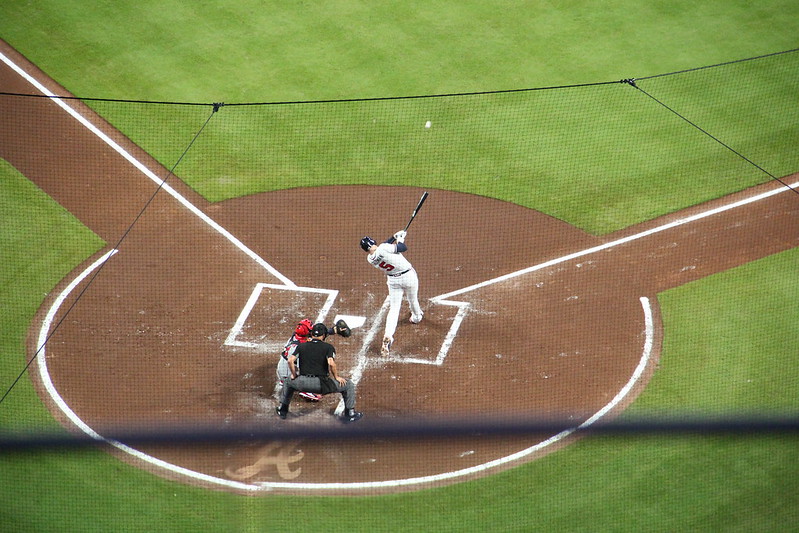D-Backs Sign Héctor Rondón, Who Might Be Good
Héctor Rondón made a ton of appearances last year for a solid Houston bullpen. The Astros had a top 10 bullpen in both ERA and WAR, and Rondón made the third-most appearances on the team. If you only knew those two things, then, it would look like quite the deal when the Diamondbacks signed Rondón for a mere $3 million, with a club option for 2021 tacked onto the back end, as Nick Piecoro reported yesterday.
Of course, I cleverly avoided telling you anything about how good Rondón was last year aside from his appearances. And while he wasn’t abysmal, at least not completely — he had a 3.71 ERA, racked up positive WPA, and still sat 97 mph with his fastball — some of the underlying metrics looked rough. His FIP was a career-worst 4.96, his strikeout rate cratered to 18.7%, and he was below replacement level on the year in our FIP-based WAR accounting. By the playoffs, he was buried in the bullpen — seven relievers in the Houston ‘pen faced more batters, and his average entry leverage was a piddling 0.16.
So before we decide if this was a good signing for the Diamondbacks, we need to decide if Rondón is still good. At his peak on the Cubs, he was an impact reliever with pretty good stuff and great control. He’s still only 31 — this isn’t some kind of Fernando Rodney situation here, where there’s a picture in his attic with an increasingly tilted cap that keeps him in baseball shape. He’s still, age-wise at least, in his prime.
So what’s changed for Rondón? We can rule out the normal way relievers break. He’s been extremely durable, making at least 50 appearances for six straight years. He hasn’t lost velocity, either: he throws as hard now as he did when he was on the Cubs. And his postseason banishment wasn’t a matter of him losing steam at the end of a long slog of a year; his fastball averaged 96.8 mph in the playoffs, barely down from 96.9 during the regular season. Read the rest of this entry »



